Just like humans, a tree needs to receive all the necessary nutrients to grow and thrive. Sandy soil is well known for having excellent drainage but poor nutrient retention. So, if you have this type of soil, you may be thinking this is the end of your tree planting dreams. This isn't true! We did the research and collected some of the best trees for planting in sandy soil!
These trees will do well in sandy soil:
- Red Oak (Quercus rubra)
- American Arborvitae (Thuja occidentalis)
- Paper Birch (Betula papyrifera)
- Yellow Birch (Betula alleghaniensis)
- Bur Oak (Quercus macrocarpa)
- Eastern Redcedar (Juniperus virginiana)
- Ginkgo (Ginkgo biloba)
Now that you know what trees can grow in sandy soil, let's learn more. Keep reading to discover more about these trees, different soil types, and even if you can plant apple trees in sandy soil!
Contents
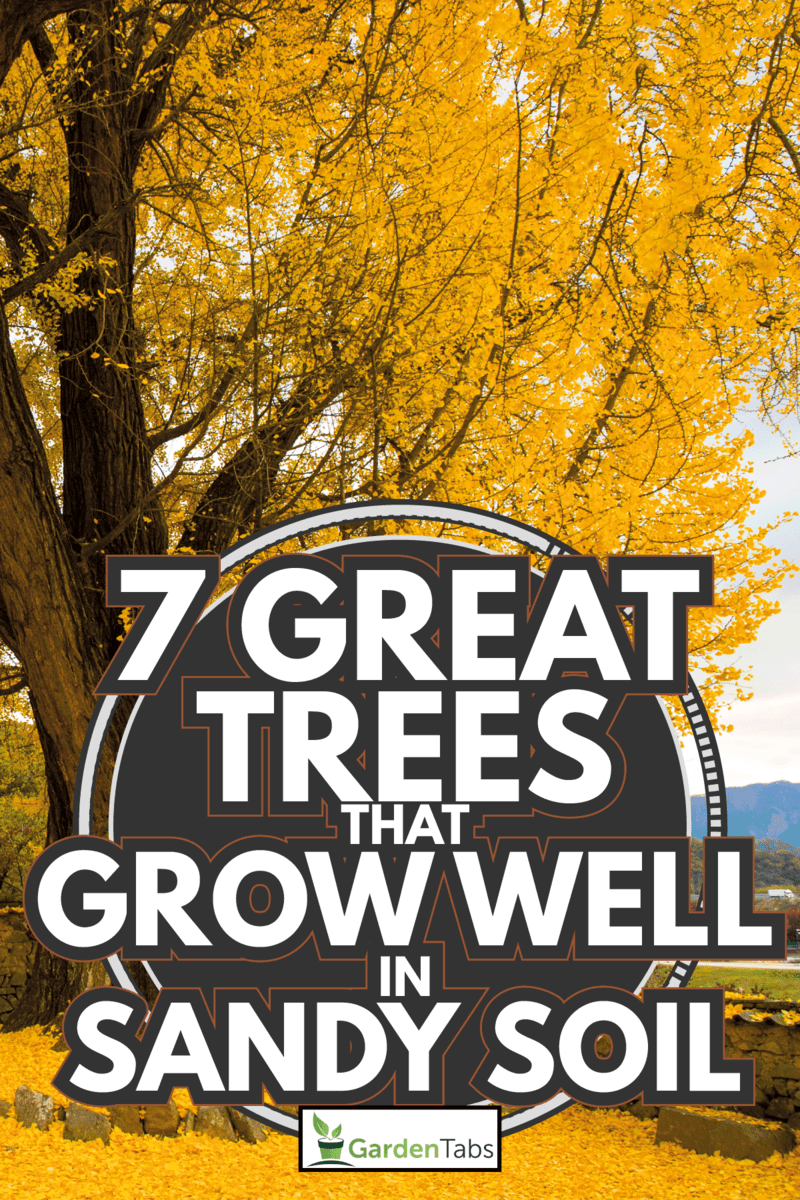
Types of Soil
The United States Department of Agriculture breaks soil into 12 different categories based on soil texture. These categories are:
- Sand
- Loamy sand
- Sandy loam
- Loam
- Silt loam
- Silt
- Sandy clay loam
- Clay loam
- Silty clay loam
- Sandy clay
- Silty clay
- Clay
Each category is named based on the most prominent texture present. For example, a loamy sand soil will have more loam present than sandy loam soil. Sandy loam soil will have more sand present. The four major types of soil are sand, loam, silt, and clay.
Sandy Soil
Sandy soil has excellent water drainage because it consists of larger particles. Unfortunately, this soil tends to be low in nutrients because water and fertilizer run through it quickly. This type of soil is also more affected by the ambient temperature. Hot summers can cause your soil to dry out more rapidly than other soil types.
Silt Soil
Silt soil is considered to be a midpoint between sandy and clay soils. Silty soil is comprised of particles that are smaller than sandy soil but larger than clay. These characteristics mean that silty soil has good water retention and contains a lot of nutrients. The overall lightness of silt makes it easier to work with than clay.
Clay Soil
Clay soil is made up of the smallest particles. These tiny particles mean that clay soil is heavy and doesn't drain well. Clay-type soil is prone to compaction. If your soil gets too compressed, it won't leave room for the roots of your plants. Despite those difficulties, clay soil can be beneficial to work with because of how many nutrients it contains.
Loam Soil
Loam is a combination of the other types of soil. This type of soil gets all of the positive qualities of clay, silt, and sandy soils. Loam is fertile, has good water drainage, good water retention, and isn't prone to soil compression.
7 Trees that Grow in Sandy Soil
If you have sandy soil, you may be wondering if growing trees will be impossible. If your tree lacks nutrients, it won't grow properly and could even die. Fortunately, some beautiful trees thrive in sandy soil!
1. Red Oak (Quercus rubra)
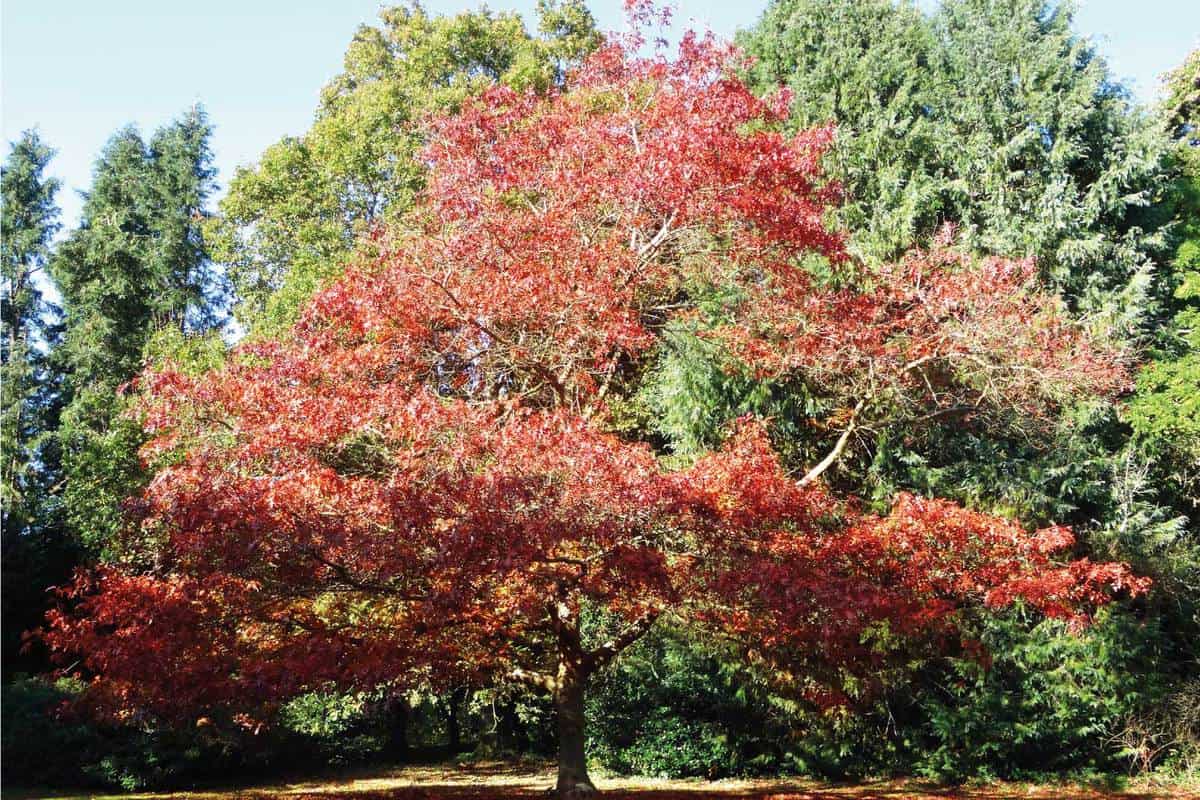
The red oak (Quercus rubra) is a distinctive tree. It has dark reddish gray-brown bark with shiny stripes that run down the entirety of its trunk. At maturity, the red oak can grow between 60 and 75 feet tall with a spread of about 45 feet.
This is a tolerant tree. Red oaks are easily transplanted, can tolerate pollution, and can handle many types of soil. This tree prefers good acidic soil. However, it can survive in sandy, loamy and well-drained clay soils. You can use the red oak as a shade tree because of its dense crown.
2. American Arborvitae (Thuja occidentalis)
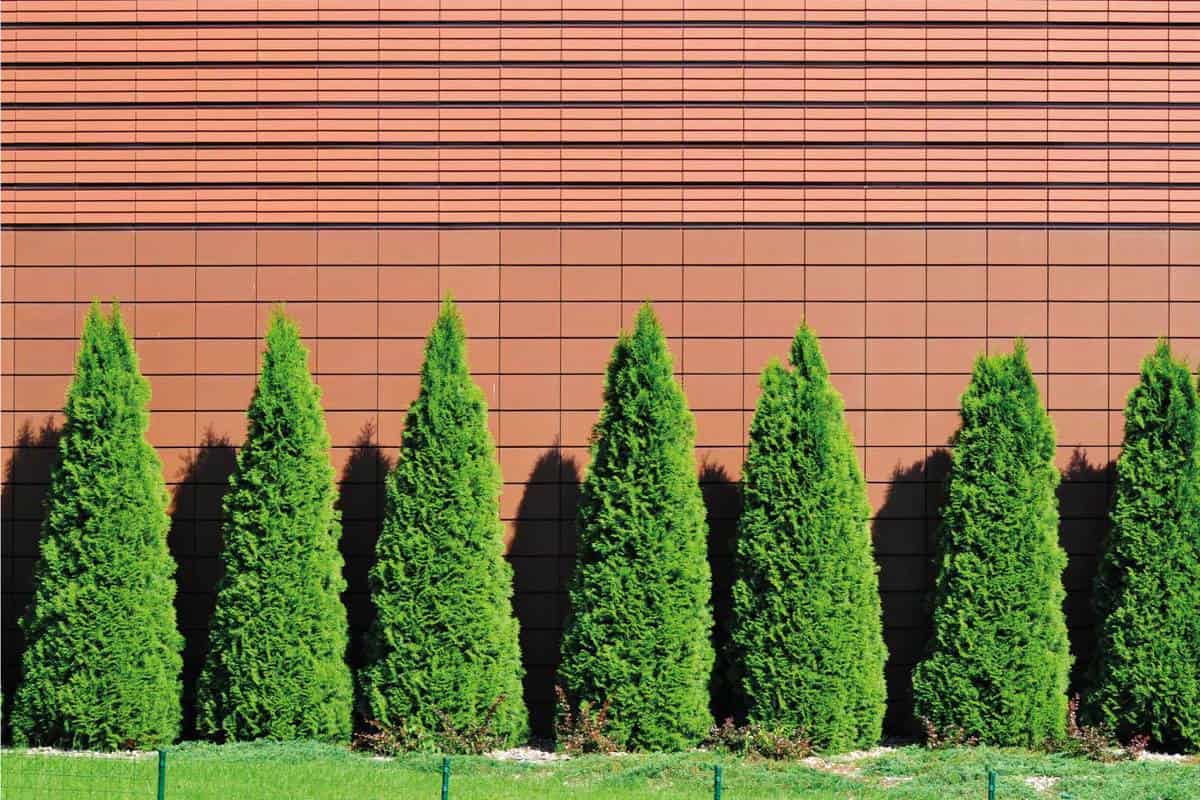
The American arborvitae is also known as the northern white cedar. This tree can grow to between 40 and 60 feet. It is relatively narrow, with a spread between 10 and 15 feet. The American arborvitae is commonly used as a hedge or screen tree. It grows in a pyramid but adapts very well to shaping.
You can find the arborvitae naturally in swamps and wet forests. However, it does well in many other soils. This tree can also live in sandy, loamy, clay, silty loam type soils.
For more information on planting arborvitae, check out: "How Far Apart To Plant Arborvitae [By Type]!"
3. Paper Birch (Betula papyrifera)
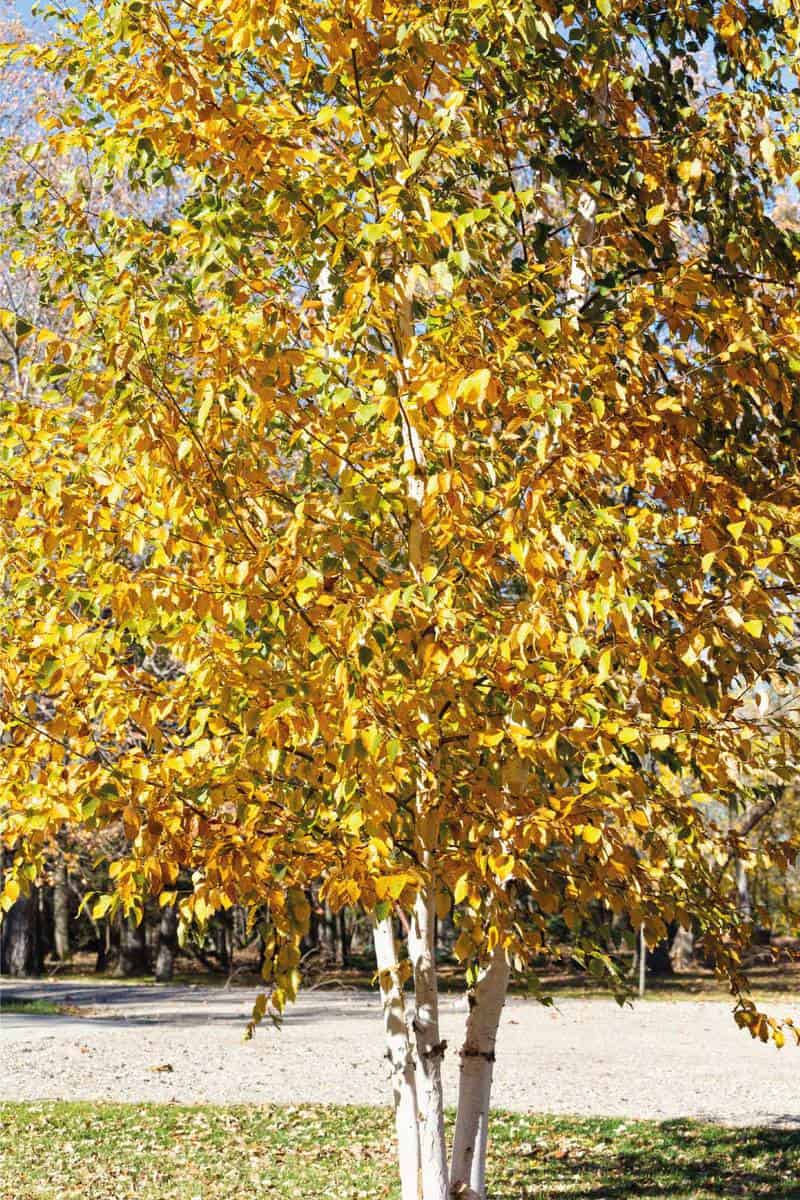
The paper birch grows to between 50 and 70 feet high and will have a spread of around 35 feet. This tree has white bark that begins to peel once it reaches maturity. From April to May, paper birch trees produce brown or green colored catkins. Catkins are thin clusters of flowers without petals.
Unfortunately, the paper birch has a short lifespan. Depending on what region you live in, this tree may only live for 30 years. Despite being intolerant of heat and humidity, the paper birch is tolerant of many soil types. This tree can grow well in sandy, loamy, moist, acidic, and clay soils.
4. Yellow Birch (Betula alleghaniensis)
The yellow birch tree is a great shade tree. You can expect this tree to grow between 60 and 75 feet high with a spread between 35 and 50 feet.
In ideal conditions, this tree is very long-lived. You can expect a yellow birch to live around 150 years. The yellow birch has yellow or gray bark that peels once it reaches maturity.
This tree is significant because of the lumber it produces. It is used in many instances, including toothpicks, veneer, cabinetry, and flooring. Yellow birch trees can thrive in sandy, acidic, alkaline, loamy, and silty loam soils.
5. Bur Oak (Quercus macrocarpa)
The bur oak is an enormous and long-lived tree. Depending on growing conditions, a bur oak can reach heights between 70 and 80 feet. However, it's not uncommon to find a bur oak between 100 and 160 feet tall. It also has a very thick trunk. A bur oak trunk can have a diameter of up to 10 feet.
Like other oak trees, the bur oak has a long life expectancy. These trees will live around 200 to 300 years, with some living up to 400 years.
Bur oaks are excellent shade trees and are tolerant of pollution and heat. While they are difficult to transplant, they tolerate many types of soils. Bur oaks can thrive in sandy, loamy, clay, acidic, and wet soils.
6. Eastern Redcedar (Juniperus virginiana)
The eastern redcedar, also known as red cedar or red juniper, is excellent as a windbreak. These trees will reach heights between 40 and 50 feet with a spread between 8 and 20 feet.
Once the redcedar reaches maturity, it will begin producing blue-ish green berry-like objects. These berry look-a-likes are called juniper berries and are cones with fleshy scales.
While poor soil can prevent it from growing to full heights, the eastern redcedar is still a tolerant tree. It can grow in sandy, silty loam, clay, acidic, and alkaline soils.
7. Ginkgo (Ginkgo biloba)
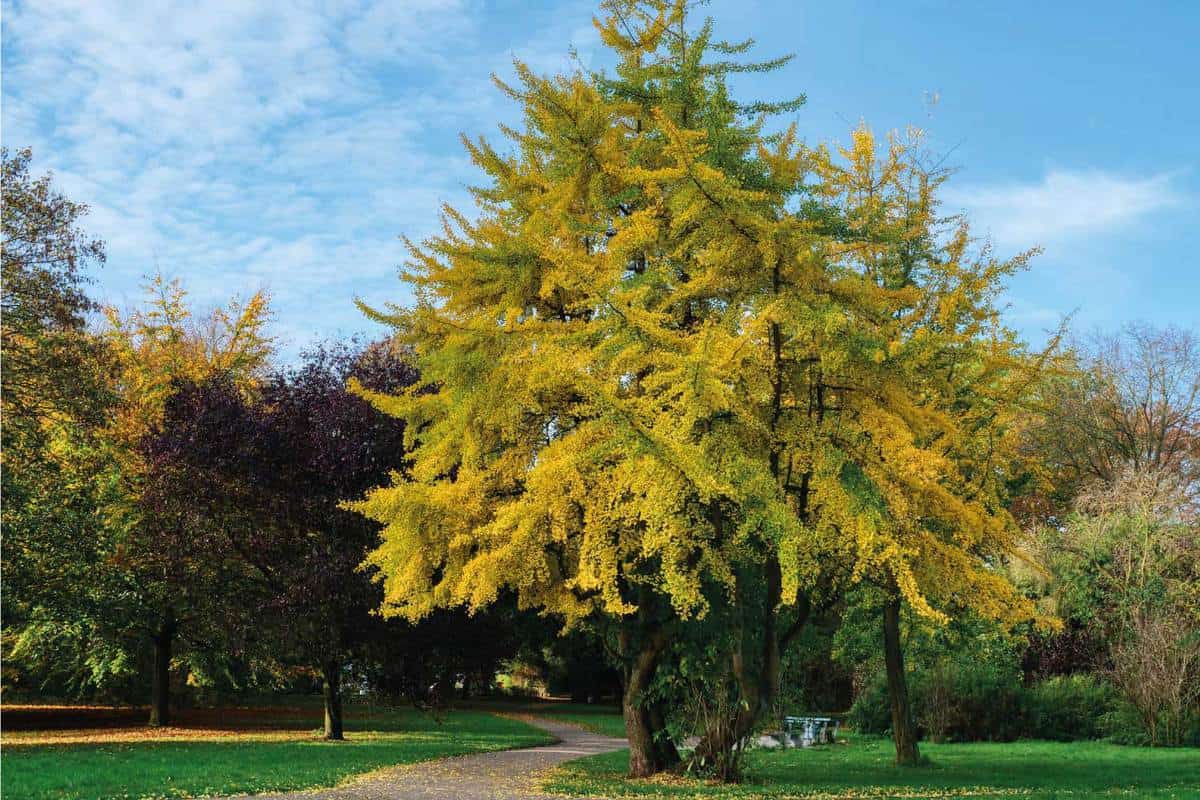
Ginkgo or gingko can be used as both an ornamental and a shade tree. The ginkgo tree has a long history. Europeans first interacted with the ginko in 1690. However, it was planted throughout Korea, Japan, and China since the 14th century.
The ginkgo can grow to heights between 25 and 50 feet with a spread between 25 and 35 feet. This tree is incredibly hardy. Six ginkgo trees survived the 1945 atom bomb in Hiroshima, Japan, and are still living today. The gingko can grow in many types of soils, including sandy, silly loam, alkaline, loamy, and clay.
Can you plant trees in sandy soil?
You can absolutely plant trees in sandy soil! While sandy soil is considered difficult to work with, it isn't impossible. You can amend your soil and add fertilizer if your chosen tree doesn't grow well in sandy soil. However, so many beautiful trees and shrubs are already adapted to live in sandier conditions.
What grows best in sandy loam soil?
Sandy loam soil is loam with higher amounts of sand in it. This type of sand is gritty and doesn't retain water or nutrients well. You will need to fertilize and water your plants more frequently with sandy loam soil. Several plants do well in it, though. Cherry, Joshua, and pistachio are all trees that prefer sandy loam soil.
Carrots, eggplant, and spinach are excellent crop choices for sandy loam soil. You can also plant flowers such as lilies, daffodils, or snowdrops.
Can apple trees grow in sandy soil?
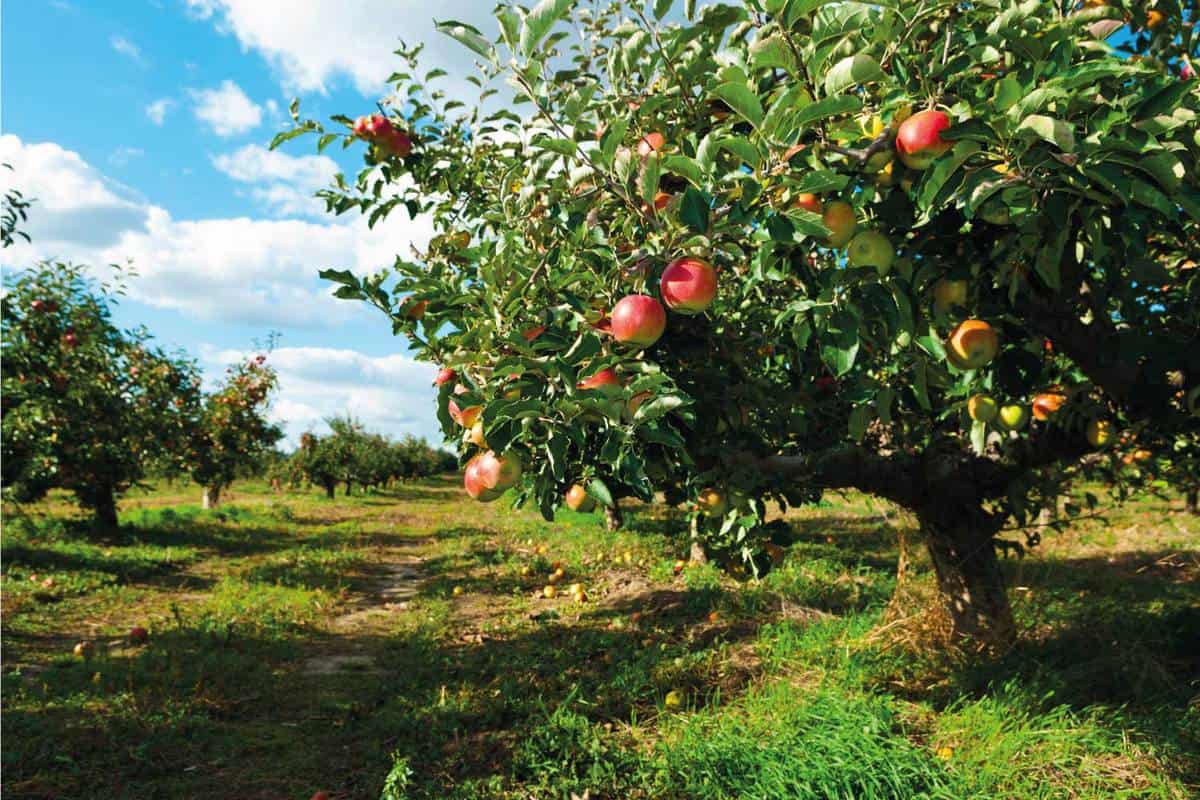
Apple trees can tolerate a wide range of soil types. However, you will get the best results by planting your apple tree in sandy loam soil. Apple trees also prefer slightly acidic soil. Aim to get your soil to between six and seven on the pH scale.
In Closing
Sandy soil isn't high in nutrients, but that doesn't mean you can plant some great trees in it. Before you start amending your soil, consider planting one of these great trees!
For more information on what can grow in sandy soil, check out: "Can Sunflowers Grow In Sandy Soil?"
You may also enjoy: "Does Sandy Soil Need Aeration?"
